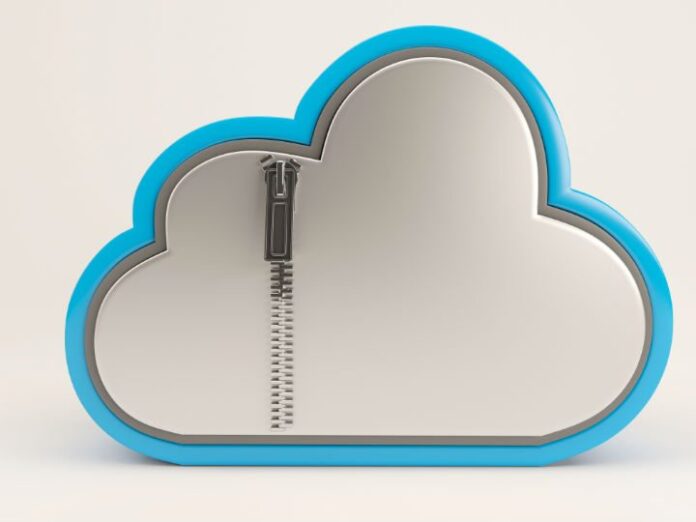Variables such as cable performance, throughput levels, connectivity and passive intermodulation are key indicators of network functionality. Contractors must test and measure all these factors in order for carriers to sign off on a site activation. With the growth of small cells and distributed antenna systems, that process is becoming more complex and expensive. Many test and measurement equipment manufacturers are looking to cloud automation to make the process more streamlined and cost-effective.
“One of the biggest challenges today with DAS systems is 80% of the mobile traffic is being driven by indoor applications whether you’re at the mall or large outdoor venues or a stadium …and DAS testing is very different than microsite testing because of the number of deliverables and traces required,” Tony D’Alessio, field sales manager of Anritsu’s western region said recently while debuting the company’s new SkyBridge platform, which is designed to address the issues involved with DAS and small cell testing, as well as increase efficiency in macro site testing.
SkyBridge is a cloud-based test and measurement platform designed to bring all of Anritsu’s test equipment together into one automated platform. On this week’s Cell Tower News show, RCR Wireless News’ test and measurement reporter, Kelly Hill discusses how DAS, cloud and automation will change network infrastructure testing.
Hill agrees DAS and small cell testing require a different approach because of the unique complications they present. “You’re seeing testing move inside so you don’t have a guy climbing a tower,” Hill said. “You can’t necessarily get the information you need by sending somebody out with a bunch of UEs hooked up in the back of a truck with computers and spectrum analyzers to record all that, so you’re seeing more walk testing equipment.”
D’Alessio said different testing methods such as this lead to far more tests, which yield results in numbers that are often unmanageable.
“A macro cell might be between 50 and 100 traces. When you scale up to a DAS system, the challenges go up exponentially just by the sheer volume of work,” he explained. “You’re now testing jumpers. You’re now testing the larger segments. So for a single carrier’s system, you can see there’s a number of tests that need to be done and you might have four more tests per cable.” That can add up, he said, because oftentimes, there are hundreds of cables to be tested.
That is where automated configurations and cloud connectivity come into play. “We have the ability now to auto-configure our test sets, site masters and PIM masters, and set up for one-button testing,” he adds. “Everyone’s testing in a standardized way, the file naming is consistent, the technicians in the field don’t have to spend the time typing every little file. It’s being done by the system.”
Hill said the biggest advantage is that an RF engineer is no longer needed to do complex jobs such as this, as it can now be done by a tower technician.
“The more that cell tower tech can do that they don’t have to send an RF engineer out to the site to do, the more they can have simple processes that give pretty straight-forward pass/fail, or help with troubleshooting to the extent possible before somebody has to leave and come back,” she said. “All those things contribute to last-test cost.”
She added that the speed with which the results can be delivered make connected test equipment ideal for contractors because they must wait for the results before they get paid.
“One of the attractive things for companies [that] are involved in installation and maintenance of cellular sites, I think, often because when they get paid depends on when they turn in reports … so the sooner you can get that information to the people who need it, the sooner they get paid and that’s a very attractive feature of cloud because they can send these things out from the field,” Hill said on the Cell Tower News program.
Like in so many other industries, the move to cloud automation is somewhat inevitable. Hill sees this as just the beginning.
“I think we’re seeing more desire for cloud connectivity, and it’s across a wide range of equipment in test; all the way from the lab to the field. The more control you can have via cloud means you don’t necessarily have to have a person physically there to adjust the equipment,” she said. “You can get information from equipment remotely so you have maybe one RF engineer in the office who can have information coming in from multiple sites and be managing and overseeing multiple sites at once.”

